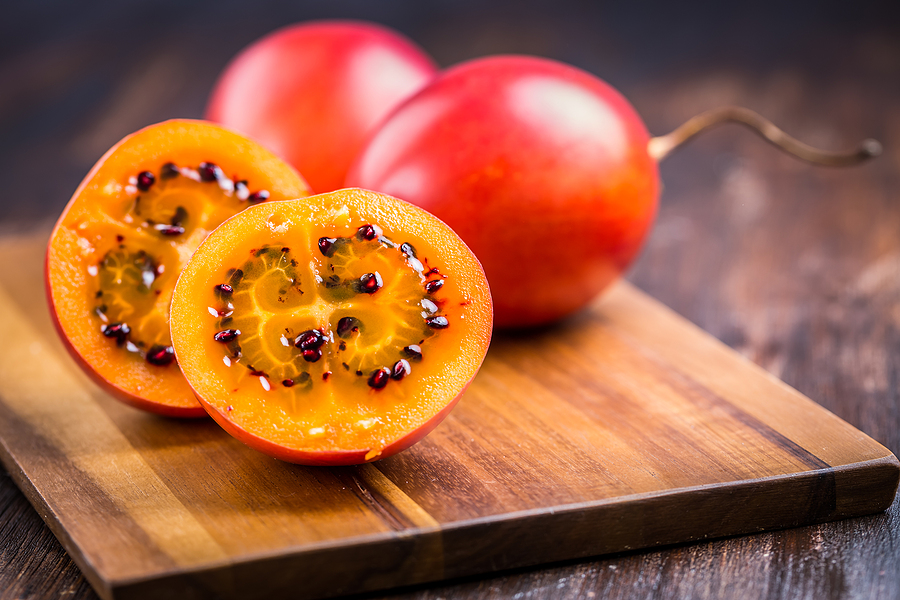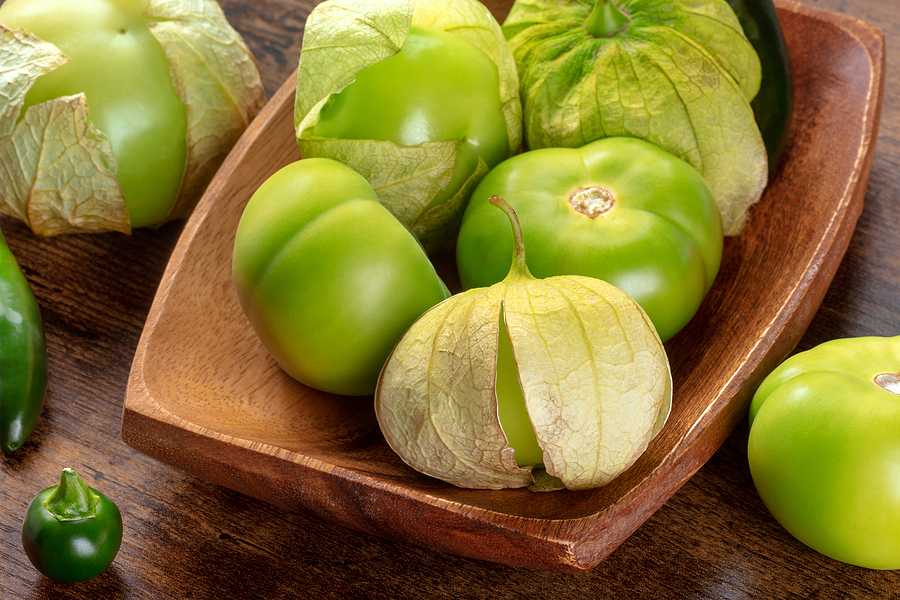The humble tomato and interesting alternatives
As Spain’s annual tomato throwing festival returns to the streets of Bunol this week following a two-year suspension due to the coronavirus pandemic we thought we’d take a look at the humble tomato and shine a light on some interesting alternatives.
 Tomatoes are versatile, popular and a staple ingredient in many meals in many cultures across the world. Alongside flavour, they are bursting with health benefits including being a source of vitamin C, potassium, folate, and vitamin K.
Tomatoes are versatile, popular and a staple ingredient in many meals in many cultures across the world. Alongside flavour, they are bursting with health benefits including being a source of vitamin C, potassium, folate, and vitamin K.
The Italian for tomato is pomodoro which translates as golden apple, as the first varieties brought to Europe in the mid-1500s were yellow.
There are thought to be more than 3,000 varieties of heirloom or heritage tomatoes currently being grown globally, and more than 15,000 known varieties in total.
If you’re keen on tomatoes here are some interesting tomato alternatives that might be worth trying and perhaps even growing alongside next year’s crop:
Tamarillo

Also known as tree tomatoes tamarillos are oval shaped, and can be found in both red and yellow colours. Inside the flesh is orange, with small dark, edible seeds. The tamarillo has an intense flavour with a hint of sweetness but don’t be tempted to eat the skin as, unlike the tomato, tamarillo skin is bitter and unpalatable.
Tamarillos are usually eaten cooked and can be quite tart when raw, though a sprinkling of sugar can help. The flesh can be used in ice creams or sorbets or you can also use tamarillos in the same way as tomatoes to make sauces or chutney.
Tomatillo

Common in Mexican cuisine tomatillos are sometimes called husk tomatoes. They look similar to green, unripe tomatoes with a dry, leafy husk that wraps around the outside.
Tomatillos have a bright, lemon-like flavour and are perfect with spicy food. They make a very good alternative to tomatoes in salsa as well as various soups, stews, stir-frys, curries, chutneys, and dips such as guacamole. They can also be eaten raw.
Physalis

Also known as the Cape gooseberry, physalis is a bright orange fruit the size of a cherry tomato. The berries are firm with a slightly citrus flavour, and full of tiny edible seeds. Their sweet-tart taste is slightly reminiscent of pineapple. The most eye-catching feature of physalis is the paper-like husk of the fruit: green to light brown, like a lantern around the fruit. The husk is not edible. They are rich in vitamin C.
Physalis make a delicate garnish for sweet and savoury dishes, and glamorous cakes. They are also delicious eaten on their own.
Have you tried any of these tomato alternatives?
Melina - Assistant Editor
Latest posts by Melina - Assistant Editor (see all)
- By yourself at Christmas this year? Tips on how to manage alone - December 16, 2024
- The Silversurfers, just for fun, Christmas Quiz! - December 14, 2024
- 10 potential hazards for pets at Christmas - December 10, 2024
- Christmas Spiced Blueberry Panettones - December 1, 2024
- Three must have toys of the late 60’s - November 24, 2024




















